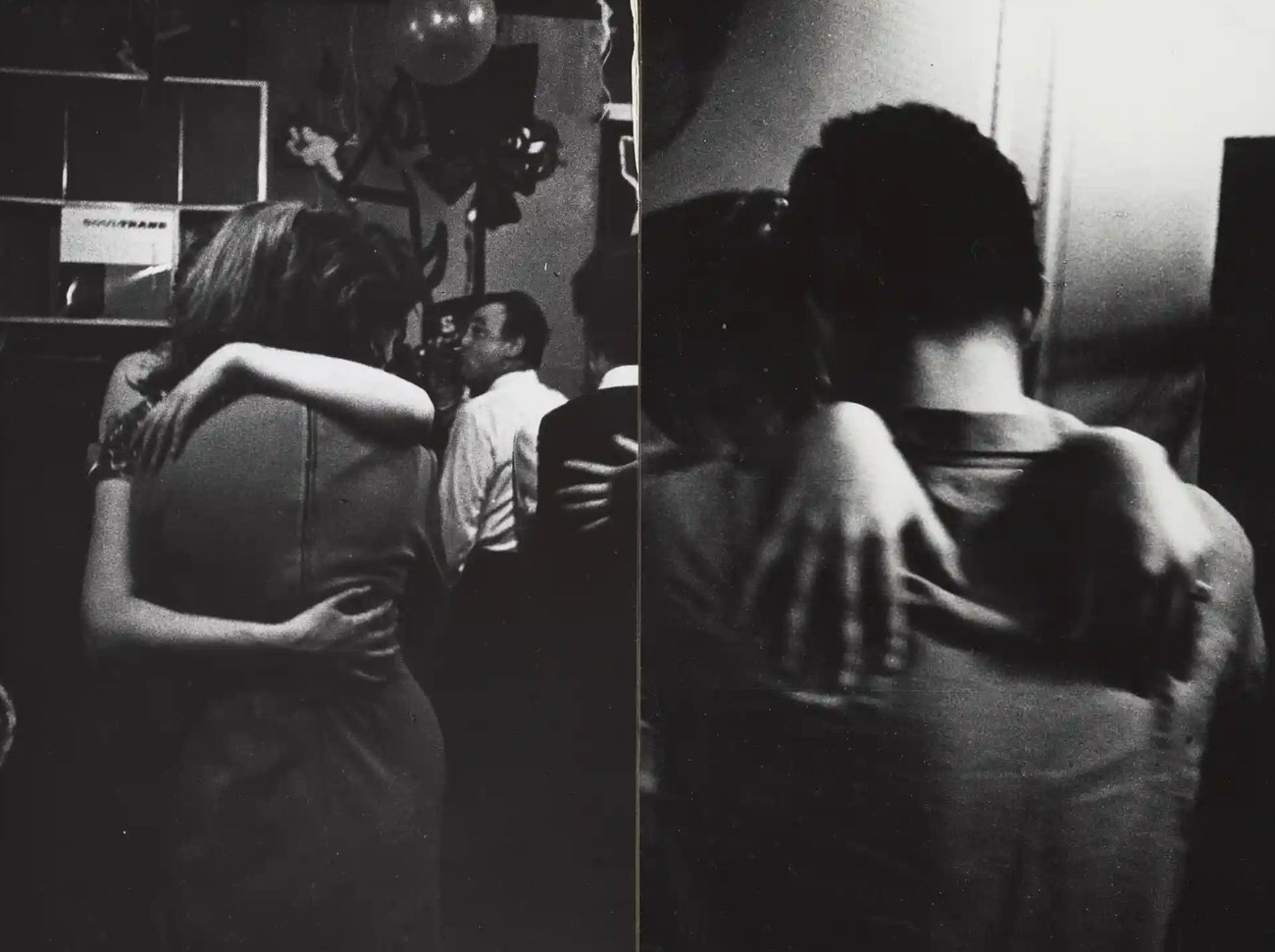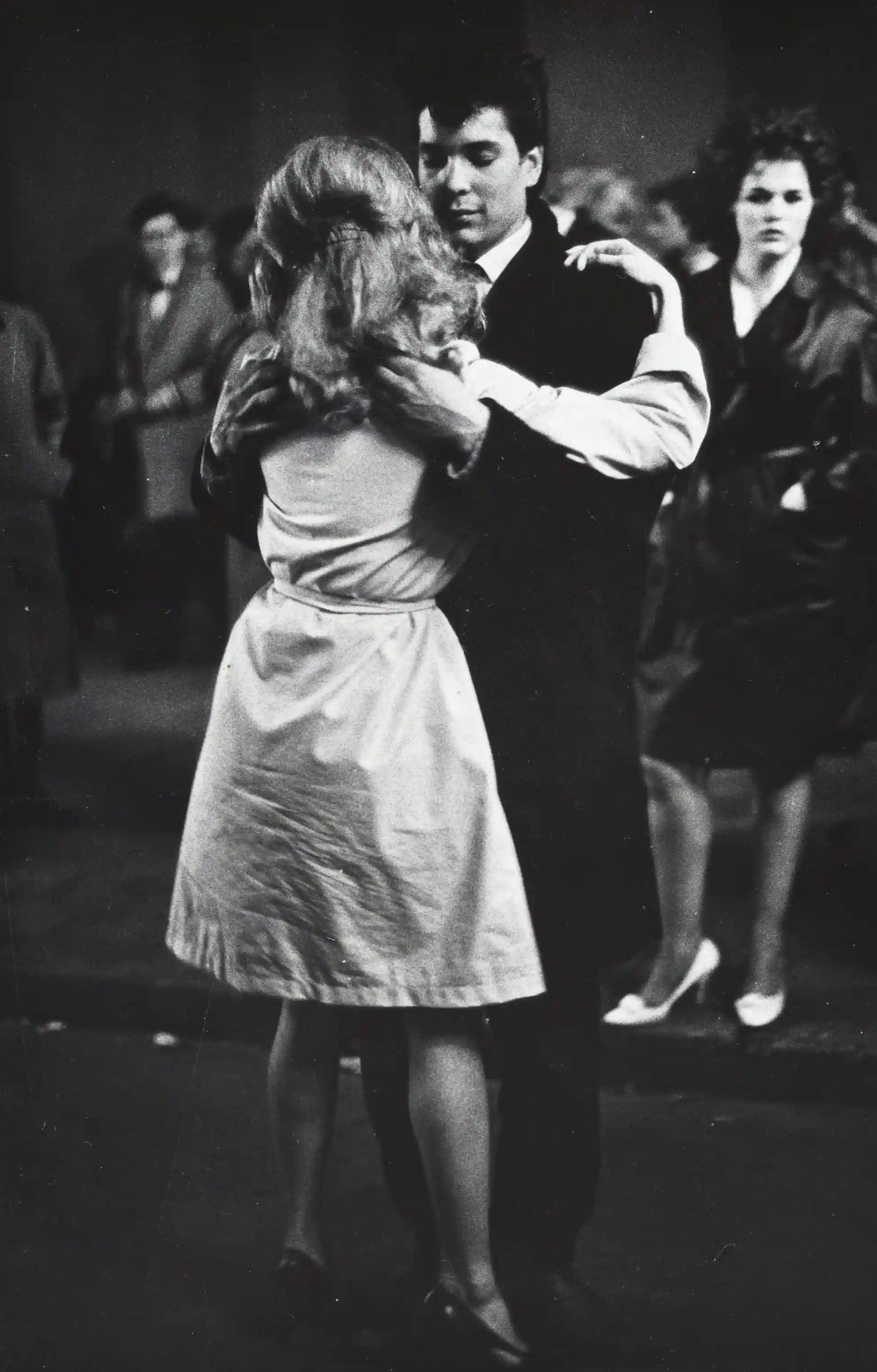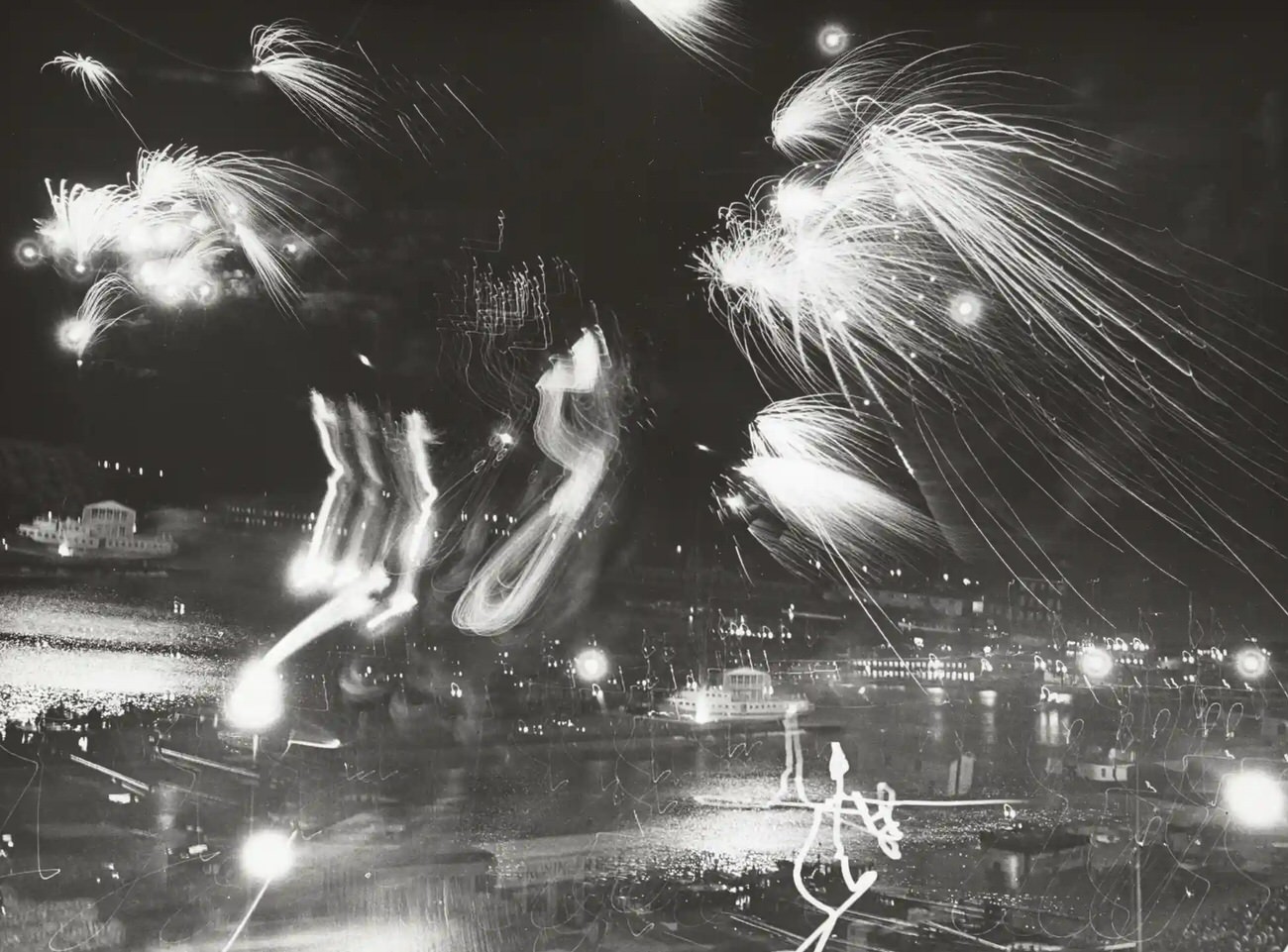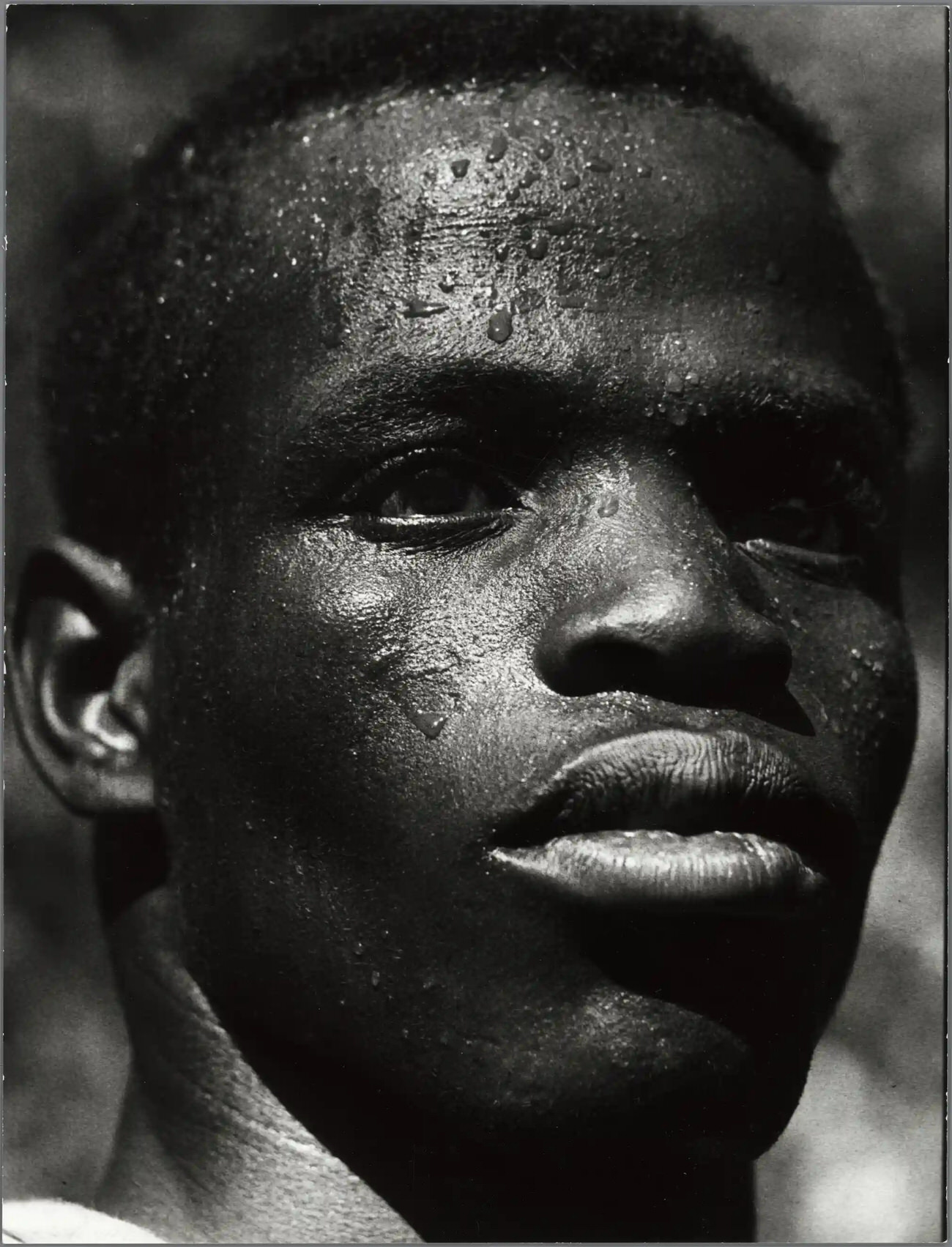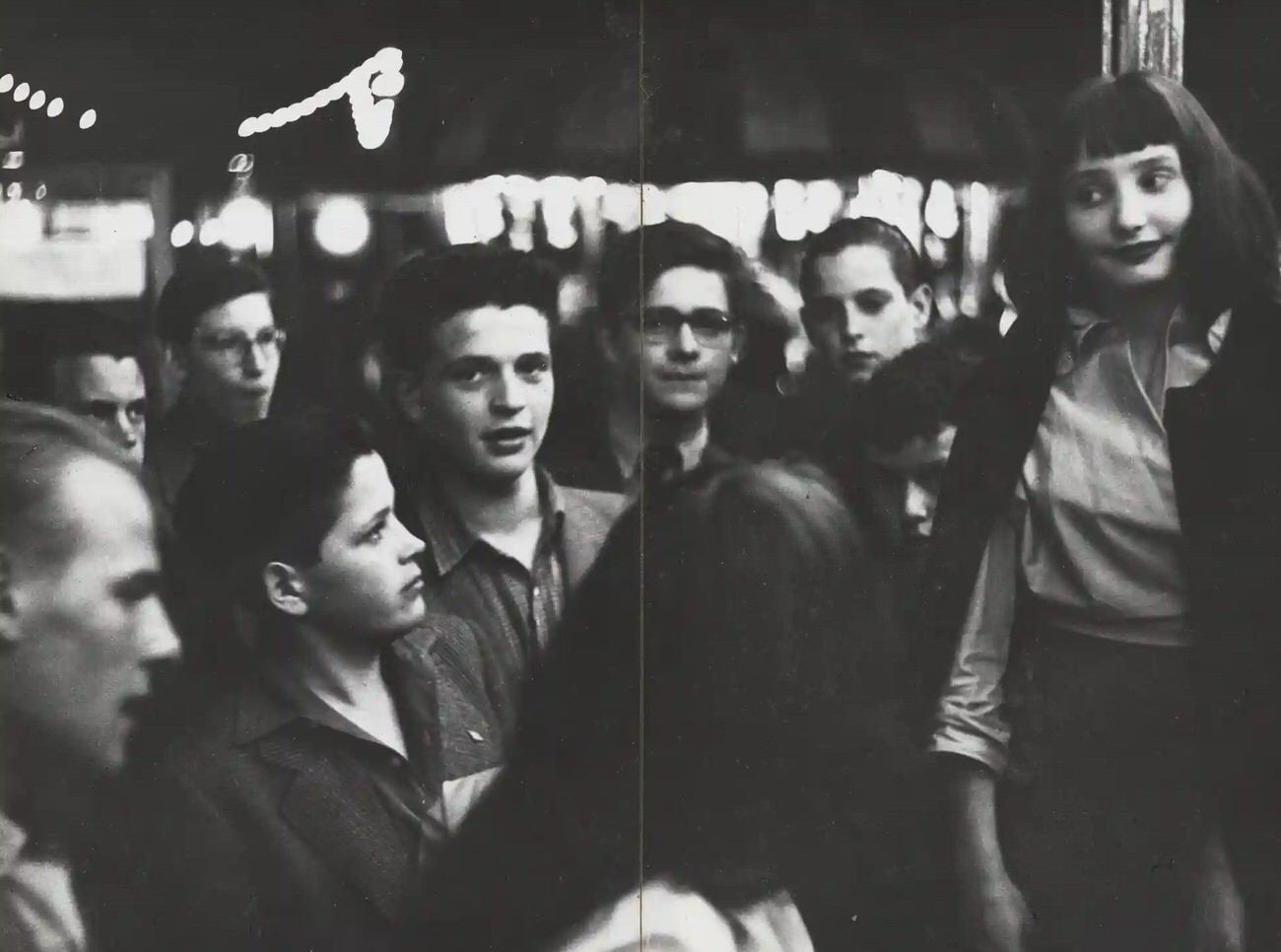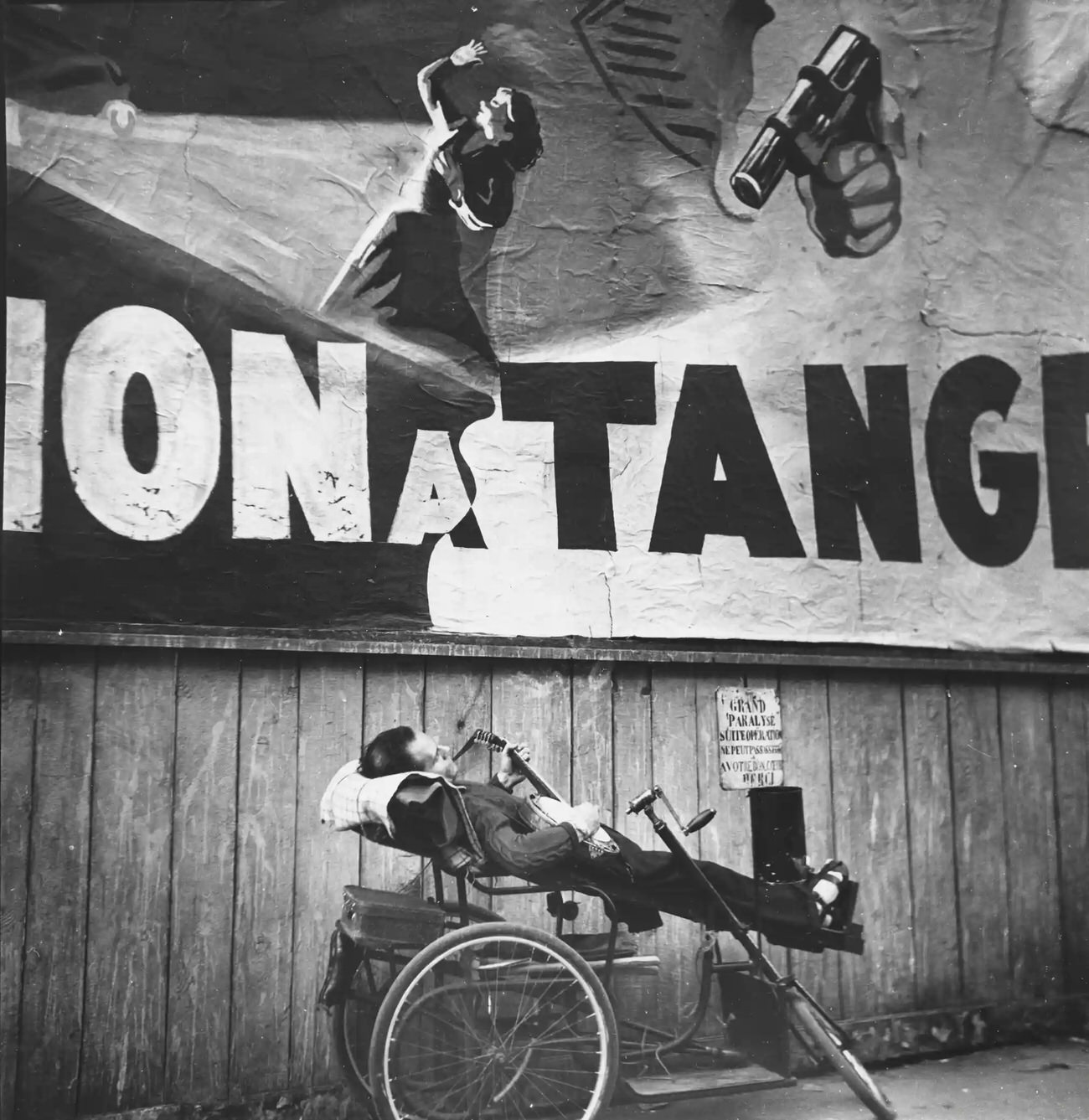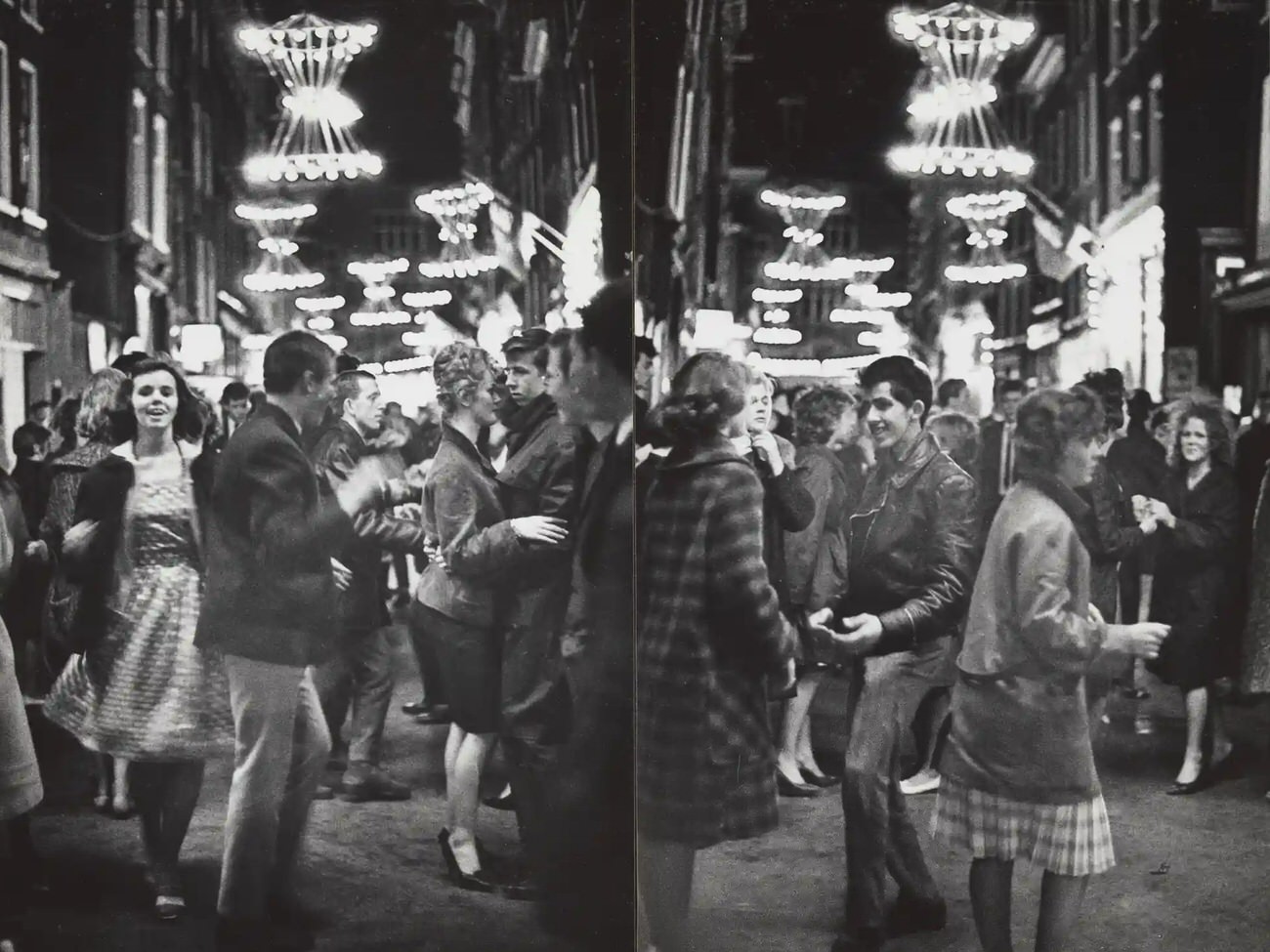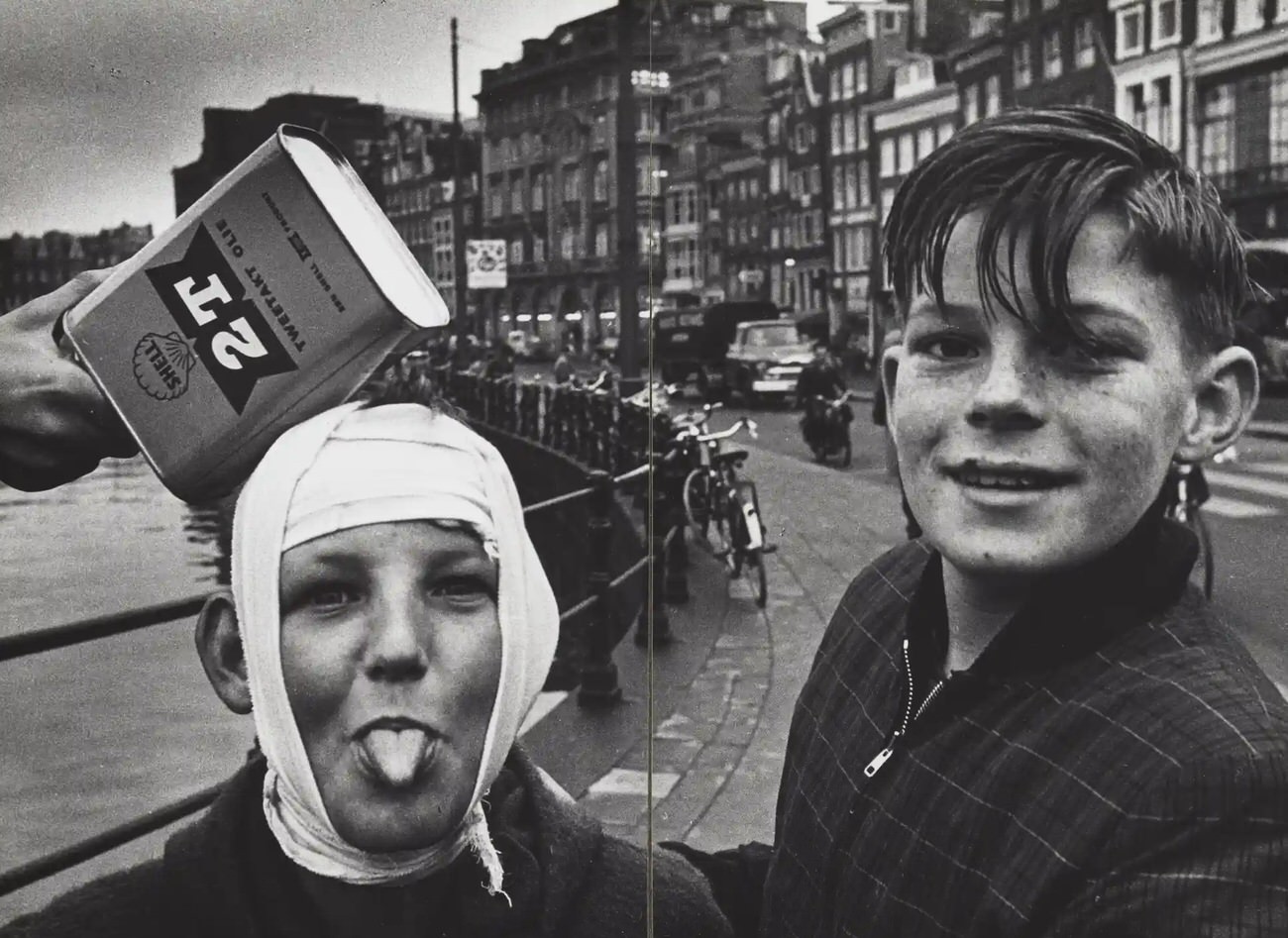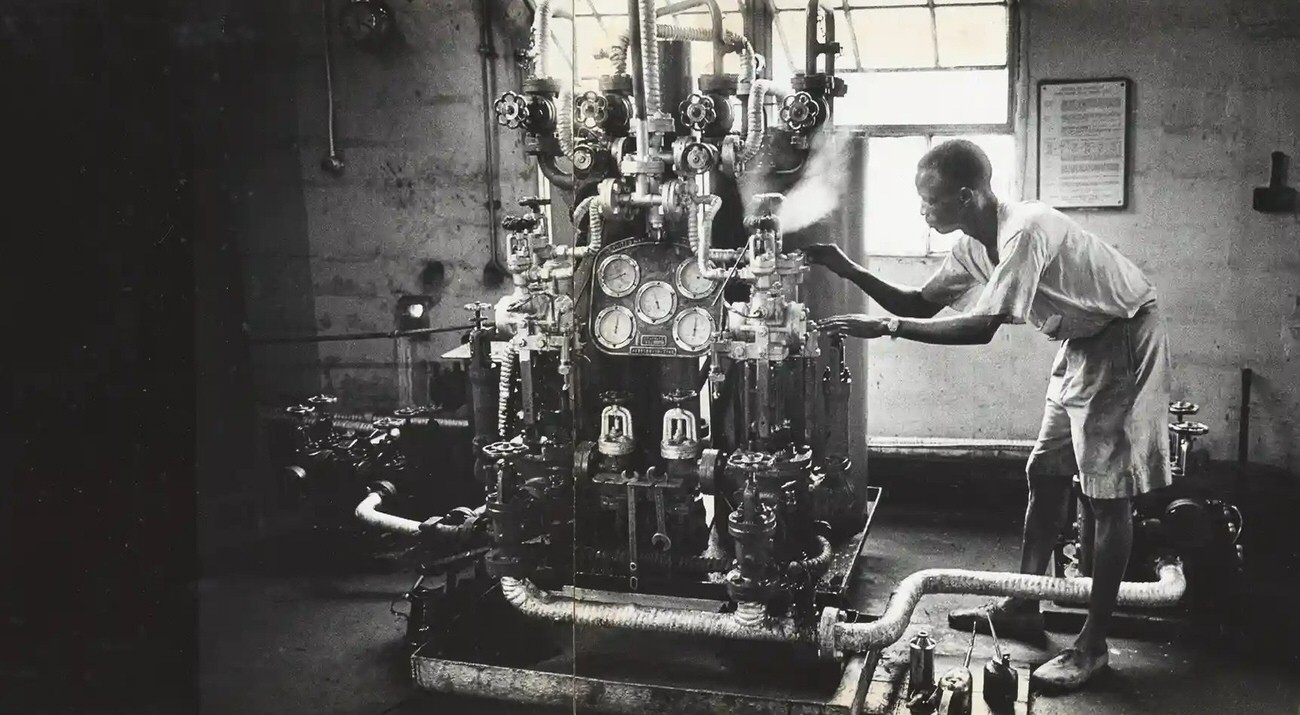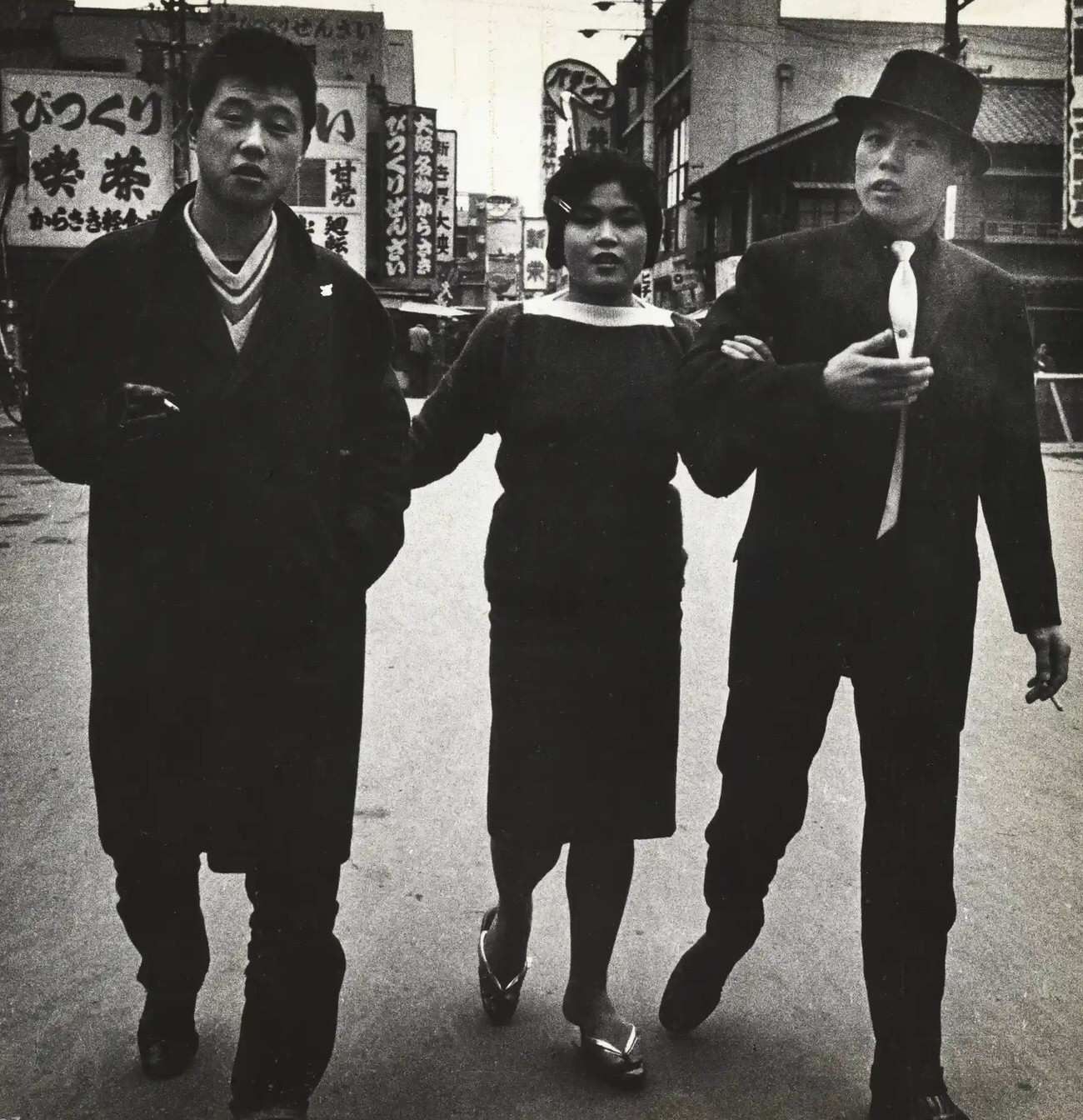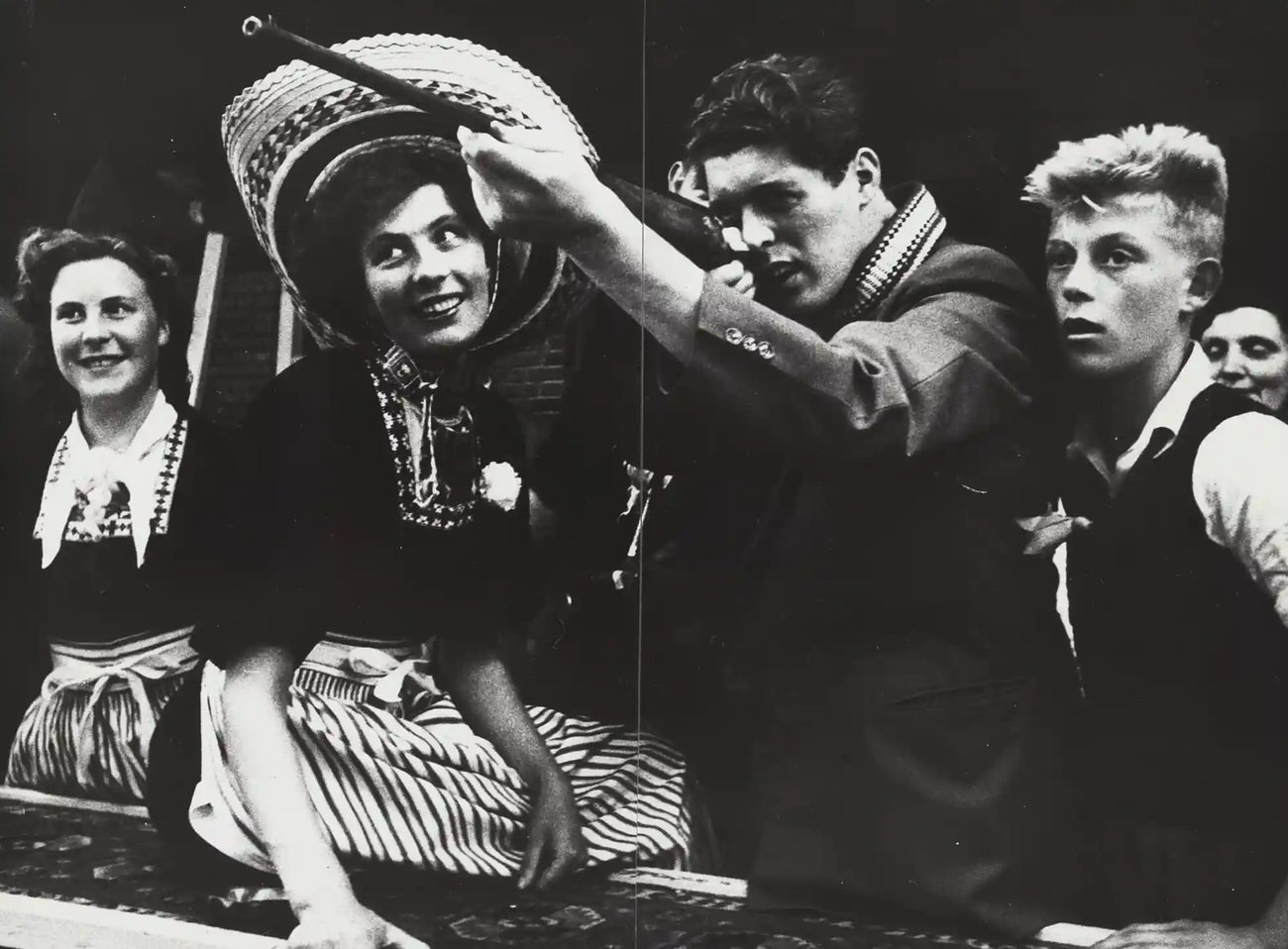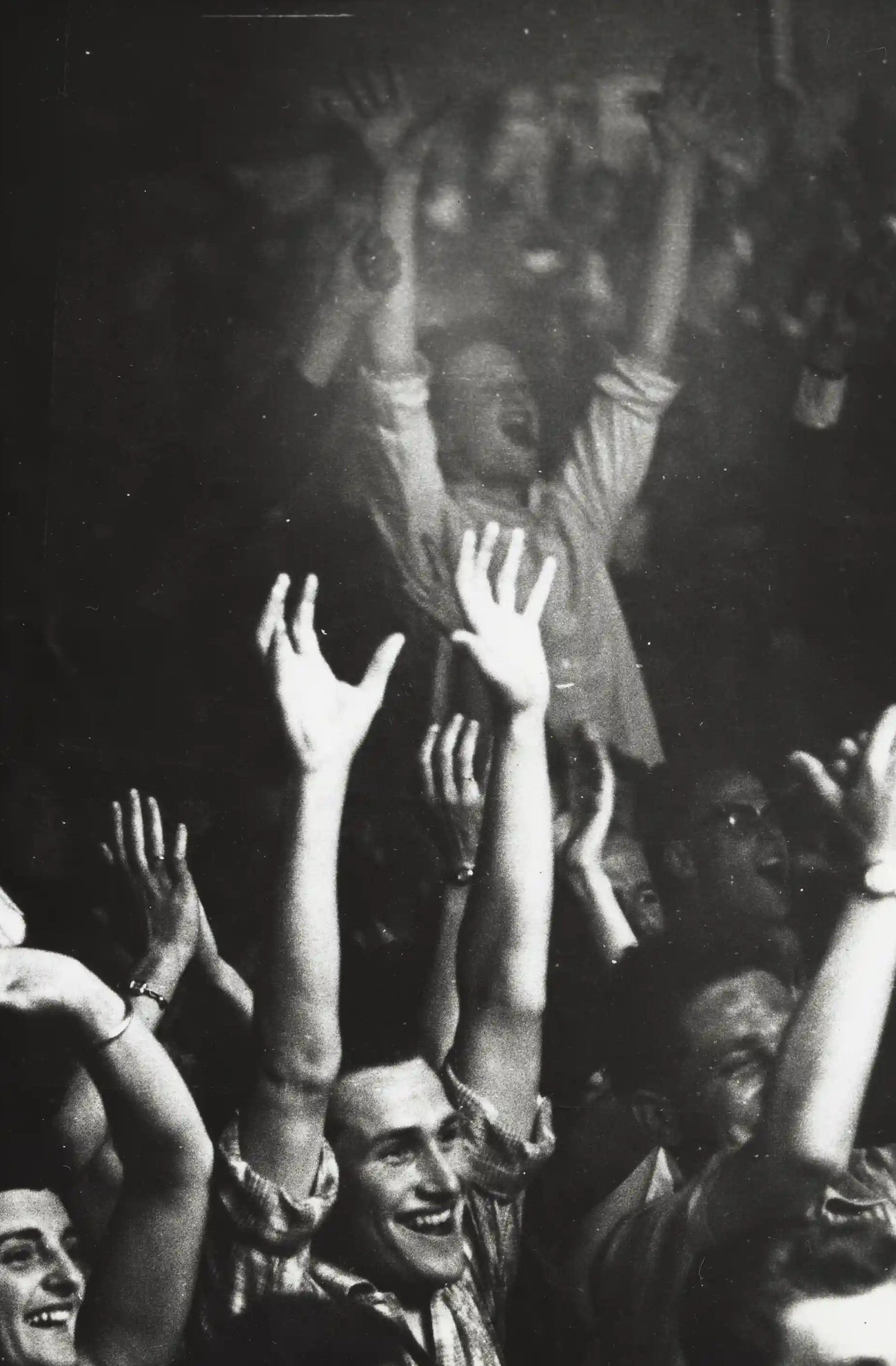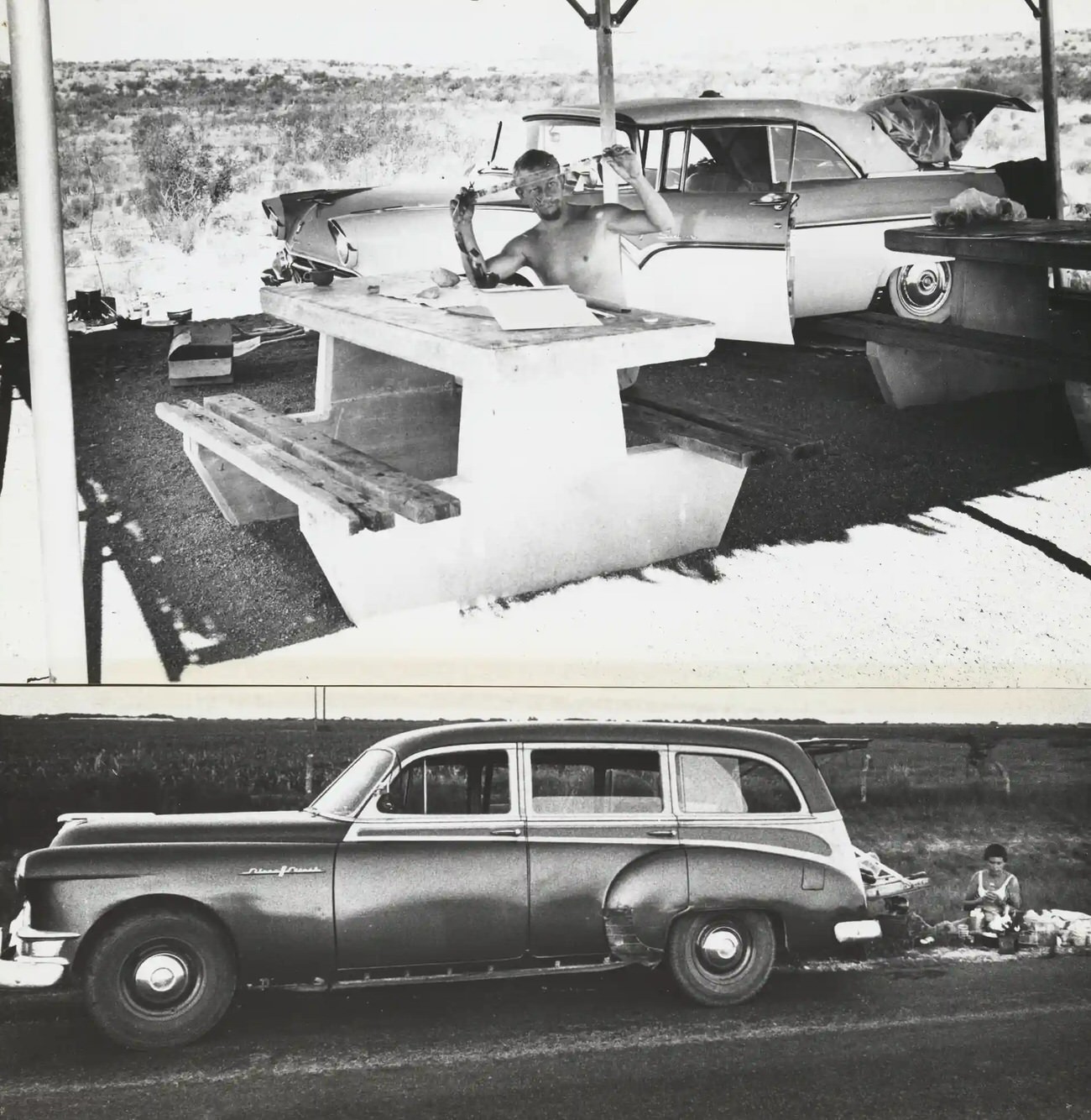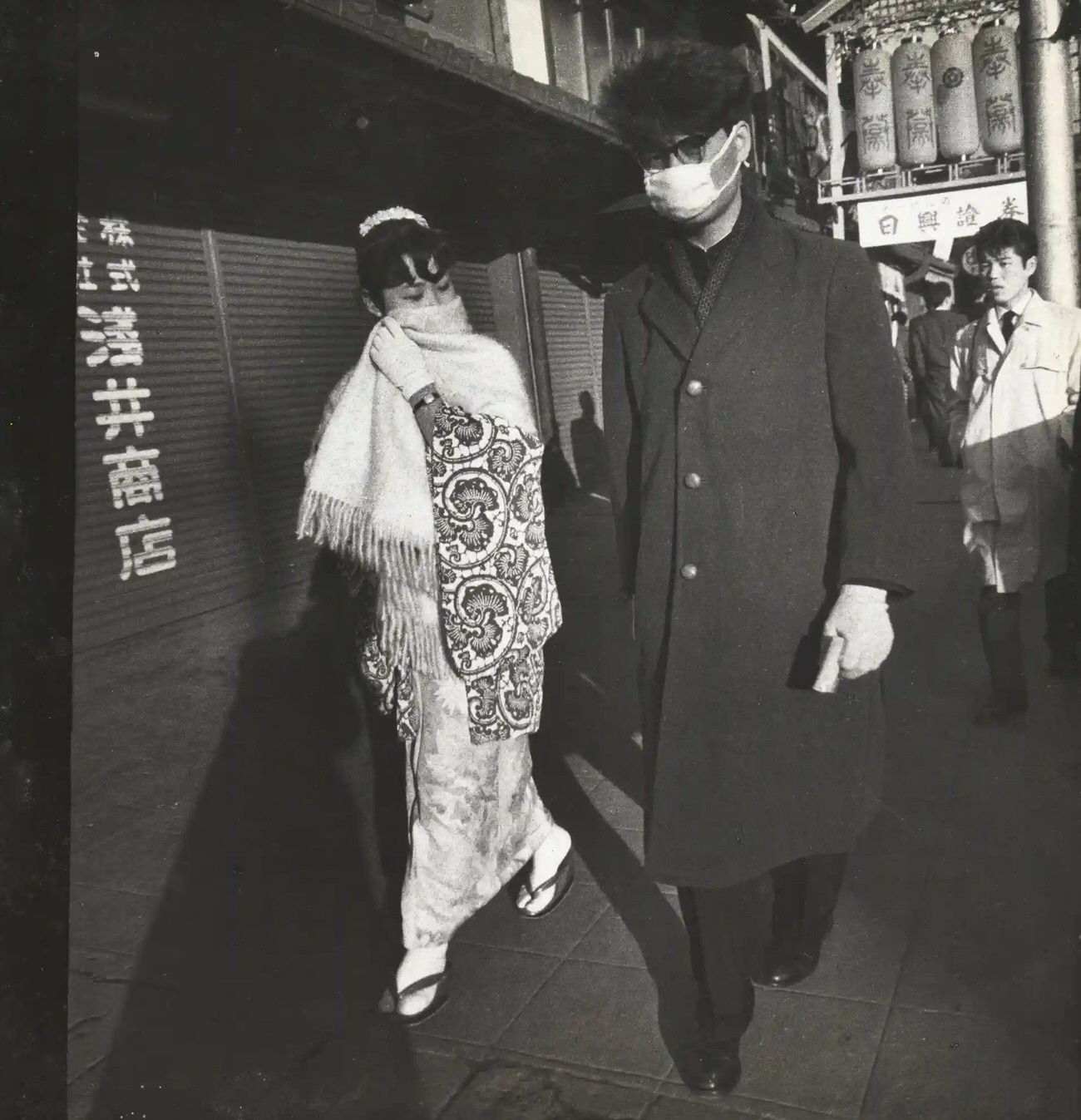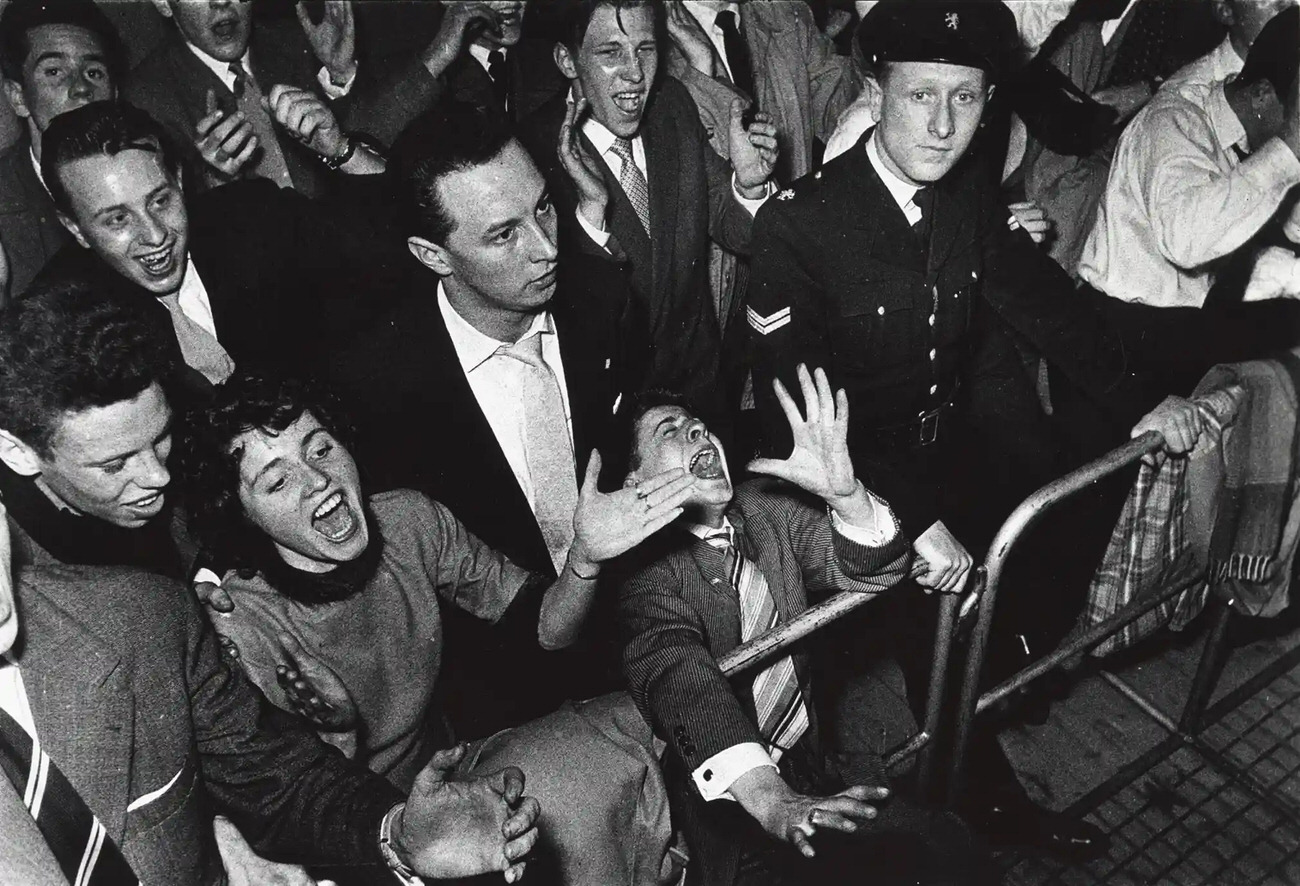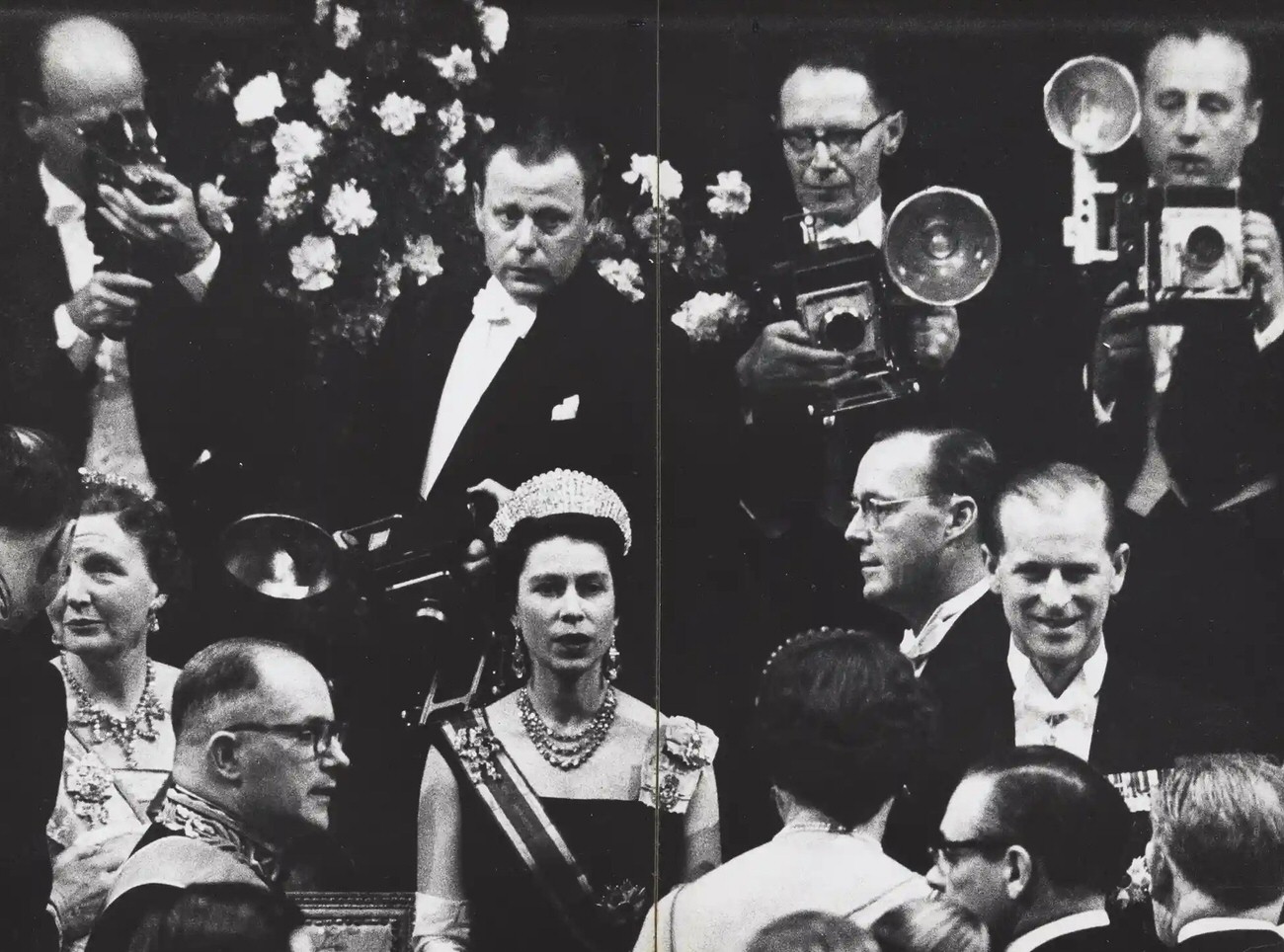Ed van der Elsken, a name synonymous with raw, unfiltered photography, captured the world as he saw it: a vibrant, chaotic, and endlessly fascinating place. His images, often spontaneous and unposed, offer a glimpse into the everyday lives of people from all walks of life. The Rijksmuseum and Nederlands Fotomuseum’s acquisition of his work in 2019 has opened a window into the creative process of this influential photographer.
Capturing the Essence of Humanity
Van der Elsken’s photographs aren’t just snapshots; they’re windows into the human soul. His lens captured moments of joy, sorrow, love, anger, and everything in between. Whether it was children playing in the streets of Amsterdam, couples embracing in Paris, or workers toiling in a Nigerian shipyard, van der Elsken had a knack for finding the extraordinary in the ordinary.
One of van der Elsken’s greatest strengths was his ability to observe and connect with his subjects. He wasn’t afraid to get close, to immerse himself in the scene, and to capture the raw emotions and interactions unfolding before him. His photographs are a testament to his empathy and his deep understanding of human nature.
A Master of Composition
Van der Elsken was a master of composition. He knew how to frame a shot, how to use light and shadow to create drama, and how to capture the essence of a scene in a single image. His photographs are not just visually appealing; they tell stories, evoke emotions, and spark the imagination.
He pushed the boundaries of photography, exploring new ways to express his vision. His photo books, in particular, were groundbreaking, combining images with text, collages, and even drawings to create immersive visual narratives.
The Rijksmuseum Exhibition
The Rijksmuseum exhibition, featuring over 100 objects from van der Elsken’s archive, offers a unique opportunity to delve into the mind of this visionary photographer. Visitors can explore his contact sheets, photo book designs, and experimental prints, gaining a deeper understanding of his creative process and the evolution of his work.




